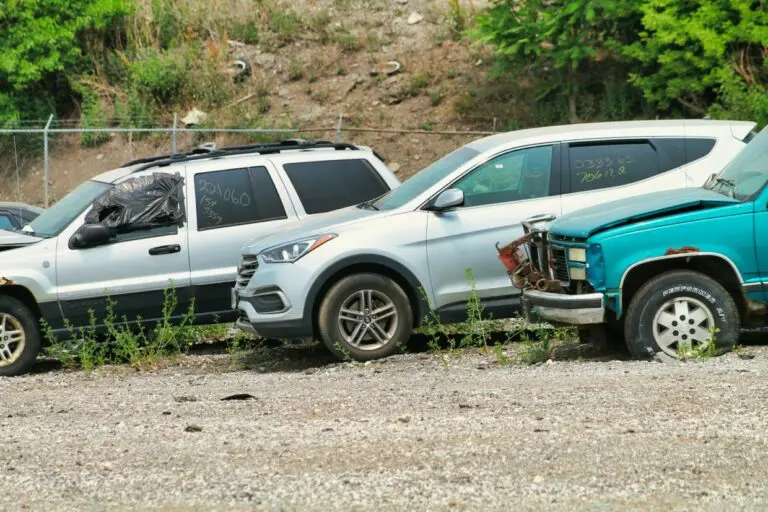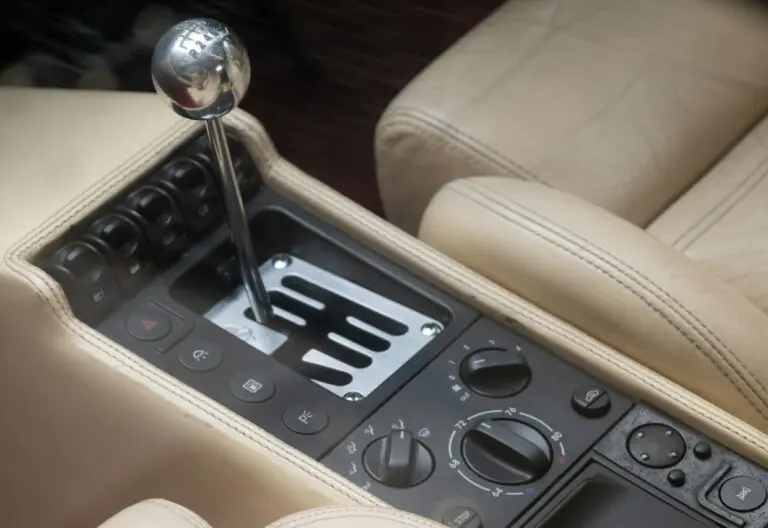Replacing your headlights and taillights is an important task that every car owner should know how to do. Not only does it improve the safety of your vehicle, but it also helps ensure that you remain in compliance with state laws. In this article, we will walk you through the process of replacing your headlights and taillights, step-by-step, so that you can do it yourself with confidence.
Purpose of Headlight and Taillight Replacement
The purpose of replacing your headlights and taillights is two-fold: safety and compliance. Headlights and taillights are important safety features that allow other drivers to see your vehicle on the road, especially at night or in low visibility conditions. Over time, these lights can become dim, cloudy, or even burn out, making it difficult for other drivers to see your vehicle. By replacing them, you can ensure that your vehicle is as visible as possible, which can help prevent accidents.
In addition to safety, compliance is also an important factor to consider. Many states have laws that require vehicles to have functioning headlights and taillights at all times. If your lights are not working properly, you may be at risk of getting pulled over or ticketed by law enforcement. By replacing your lights, you can ensure that you are in compliance with state laws and avoid any legal issues.
Benefits of Headlight and Taillight Replacement
The benefits of replacing your headlights and taillights are numerous. The most obvious benefit is improved visibility, which can help prevent accidents and keep you safe on the road. New headlights and taillights will also make your vehicle look newer and more attractive, which can help increase its resale value. Additionally, replacing your lights can also save you money in the long run by preventing the need for more expensive repairs down the road.
Precautions for Headlight and Taillight Replacement
Before you begin, it’s important to take a few precautions to ensure that the process goes smoothly. First, make sure that your vehicle is parked in a safe, level location where you will have plenty of room to work. Next, refer to your vehicle’s owner’s manual for specific instructions on how to replace the lights, as the process may vary depending on the make and model of your vehicle.
Step-by-Step Guide for Headlight Replacement
Step 1: Locate the Headlight
The first step is to locate the headlight on your vehicle. In most cases, the headlight is located in the front of the vehicle, near the front bumper. Refer to your vehicle’s owner’s manual for specific instructions on how to locate the headlight.
Step 2: Remove the Old Headlight
Once you have located the headlight, the next step is to remove the old headlight. This process may vary depending on the make and model of your vehicle, so refer to your vehicle’s owner’s manual for specific instructions. In most cases, you will need to remove the headlight assembly from the vehicle, which may involve releasing clips or screws.
Step 3: Install the New Headlight
After the old headlight has been removed, the next step is to install the new headlight. Again, this process may vary depending on the make and model of your vehicle, so refer to your vehicle’s owner’s manual for specific instructions. In most cases, you will need to insert the new headlight into the headlight assembly, and then reattach the assembly to the vehicle.
Step 4: Test the Headlight
The final step is to test the headlight to ensure that it is working properly. Turn on your vehicle and turn on the headlights to check that the new headlight is working correctly. If everything is working as it should, you’re all set!
Step-by-Step Guide for Taillight Replacement
Step 1: Locate the Taillight
The first step in replacing your taillights is to locate the taillights on your vehicle. In most cases, the taillights are located in the back of the vehicle, near the rear bumper. Refer to your vehicle’s owner’s manual for specific instructions on how to locate the taillights.
Step 2: Remove the Old Taillight
Once you have located the taillights, the next step is to remove the old taillights. This process may vary depending on the make and model of your vehicle, so refer to your vehicle’s owner’s manual for specific instructions. In most cases, you will need to remove the taillight assembly from the vehicle, which may involve releasing clips or screws.
Step 3: Install the New Taillight
After the old taillight has been removed, the next step is to install the new taillight. Again, this process may vary depending on the make and model of your vehicle, so refer to your vehicle’s owner’s manual for specific instructions. In most cases, you will need to insert the new taillight into the taillight assembly, and then reattach the assembly to the vehicle.
Step 4: Test the Taillight
The final step is to test the taillight to ensure that it is working properly. Turn on your vehicle and turn on the headlights to check that the new taillight is working correctly. If everything is working as it should, you’re all set!
Conclusion
Replacing your headlights and taillights is an important task that every car owner should know how to do. Not only does it improve the safety of your vehicle, but it also helps ensure that you remain in compliance with state laws. By following the steps outlined in this guide, you can replace your headlights and taillights yourself with confidence. Remember to always refer to your vehicle’s owner’s manual for specific instructions, and if you ever feel unsure about any aspect of the process, it’s always best to consult a professional.



















